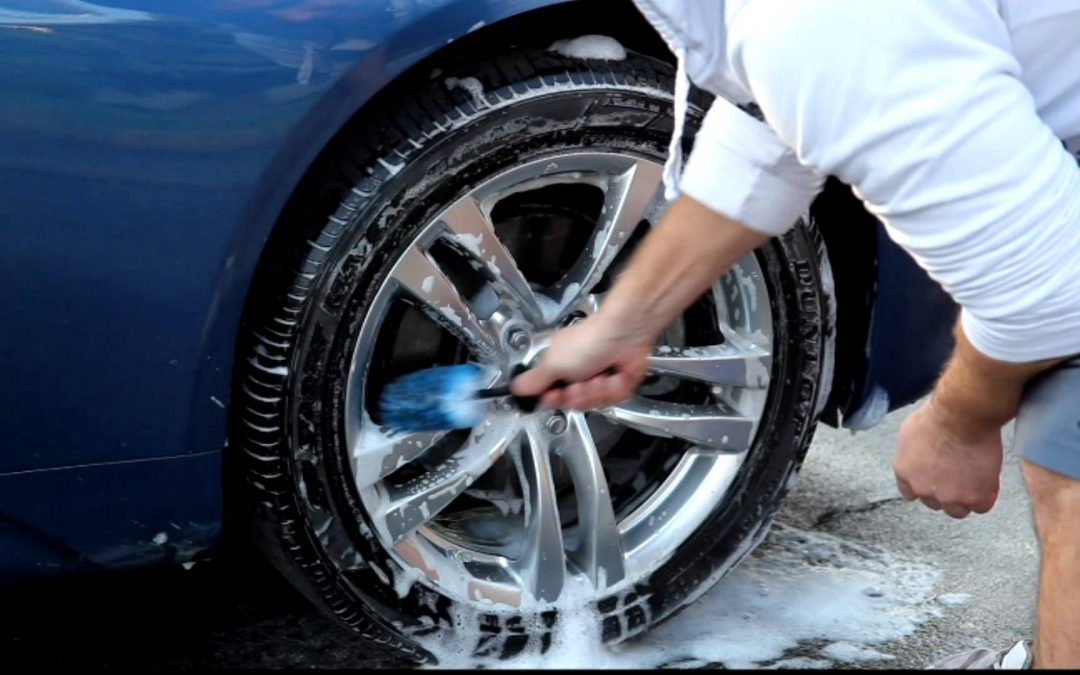JavaScript is disabled. For a better experience, please enable JavaScript in your browser before proceeding.
1 - 20 of 30 Posts
1 - 20 of 30 Posts
Top
JavaScript is disabled. For a better experience, please enable JavaScript in your browser before proceeding.
Yep, I let that blue junk protecting the white lettering sit too long and now it won't come off. It is between the letters and inside the letters and I have scrubbed the heck out of it with greased lightning 4 times. Did not want to try any solvents without asking for tips from you guys first. Should I try a heavy scrubbing with Comet or is there some solvent that will help? Thanks,
Should I try a heavy scrubbing with Comet or is there some solvent that will help? Thanks,
Paul
did you try plain WATER ??
Most of the tires that we sell will come right off with water.
spicewood1 said:
Yep, I let that blue junk protecting the white lettering sit too long and now it won't come off. It is between the letters and inside the letters and I have scrubbed the heck out of it with greased lightning 4 times. Did not want to try any solvents without asking for tips from you guys first. Should I try a heavy scrubbing with Comet or is there some solvent that will help? Thanks,
PaulClick to expand...
Is there such thing as too long? Do you think you got the tires the day after they were manufactured? Almost every set of tires I have bought had white lettering. Never onced purposely washed it off. It naturally came off with washes and rains. I think if you scrub hard enough, you wont even have white lettering anymore.
Never onced purposely washed it off. It naturally came off with washes and rains. I think if you scrub hard enough, you wont even have white lettering anymore.
wd 40 or Brillo
i used a pressure washer at one of those coin operated car washes and it came off pretty easily
SOS pad.
5 minutes with a pressure washer should do the trick. Worked like a charm on my Firestones.
I always clean my white letters with a wire brush and some Fantastic cleaner. You can't scrub too hard with the brush, though, or you can tear up the edges of the letters, kind of like what happens when you rub a curb.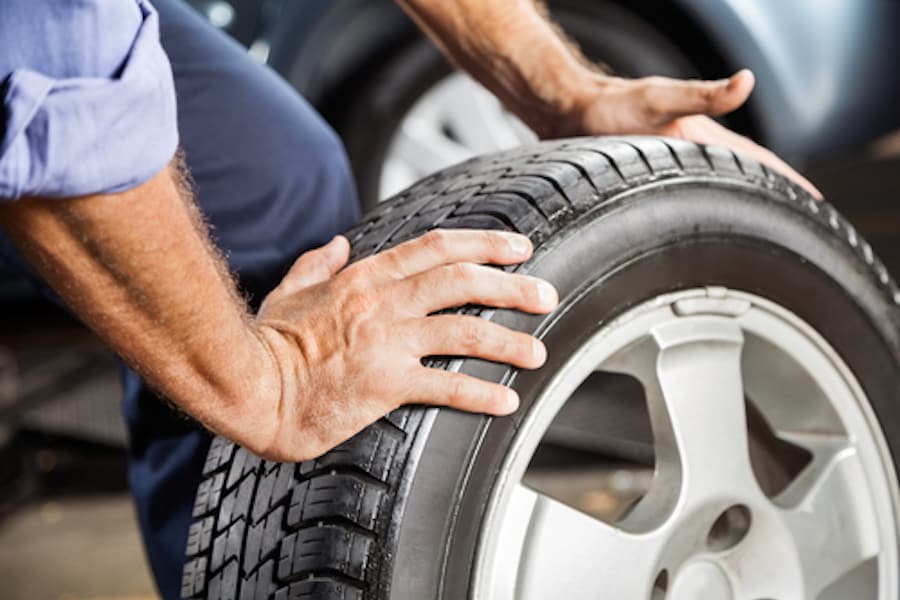
Knuckle Dragger said:
SOS pad.
Click to expand...
That, elbow grease....a lil water....maybe some soap.....
I've taken it off with a garden hose before too.....just took a while....
You have to use Bleach White. No question.
You must log in or register to reply here.
Share:
Facebook Twitter Reddit Pinterest Tumblr WhatsApp Email Share Link
Top
In one of the previous articles, we talked about how to properly dispose of car tires. This is indeed a very serious problem, because the number of discarded but not properly disposed of tires in Russia is measured in millions of tons. Another opportunity to reduce environmental damage is the retreading of used tires.
This is indeed a very serious problem, because the number of discarded but not properly disposed of tires in Russia is measured in millions of tons. Another opportunity to reduce environmental damage is the retreading of used tires.
The idea of extending the life of car tires dates back to the last century. Always and at all times, zealous car owners wanted more resource from tires. The most widespread are two technologies - the replacement of the tread tape and the so-called recutting of the tread (regruving). Those who remember the times of the USSR are probably familiar with the latest technology - during the years of total shortage it was a popular way to extend the life of tires, including cars. Of course, this happened with varying success - for example, retreaded tires could explode while driving due to the destruction of the cord.
The second technology is the so-called welding, that is, the replacement of the tread tape with a new one, using a cold or hot method. Currently, this is the most popular method of tire retreading, which, however, has a number of limitations. Let's look at each technology in turn.
Currently, this is the most popular method of tire retreading, which, however, has a number of limitations. Let's look at each technology in turn.
To begin with, the most important thing. Car tire carcasses are not designed to be reused, so they cannot be restored in any way! Everything that will be said about retreading applies only to "commercial" tires for trucks, construction equipment and buses. These tires have a strong all-metal carcass that can withstand much more than the tread, as well as a special design designed for two to three times recovery.
First, let's talk about regrooving the tread, or, as it is also called, regrowing. This is a procedure for deepening the tread with a hand-held cutting tool. Of course, this can not be done with any tires, but only with those that have the Regroovable marking.
Image: Yokohama
In such cases, the design of the tire implies an additional layer of rubber at the base of the tread, which allows you to deepen the pattern by about 3 millimeters, thereby “winning” another 35-40 thousand mileage. The optimal moment for recovery is tread wear up to 3 mm.
The optimal moment for recovery is tread wear up to 3 mm.
This retreading method is considered to be the most inexpensive - spending only 3-5% of the cost of a new tire on regrooving, you can get another 20-30% of the original resource.
Regrowing also has disadvantages. The success of the operation depends entirely on the quality of the framework and the skill of the specialist performing the recutting. Some tire brands allow multiple regrooving for certain models, but after that, the tread must still be replaced. In addition, in a number of countries, the installation of "undercut" tires on the front axles of buses is prohibited at the legislative level.
Retreading, or changing the tread band, is the most common way to retread truck tires, allowing them to recover at least 50-60% of their original life. Retreaded tires are widely used in all world markets, for example, in Europe they account for more than half of total sales.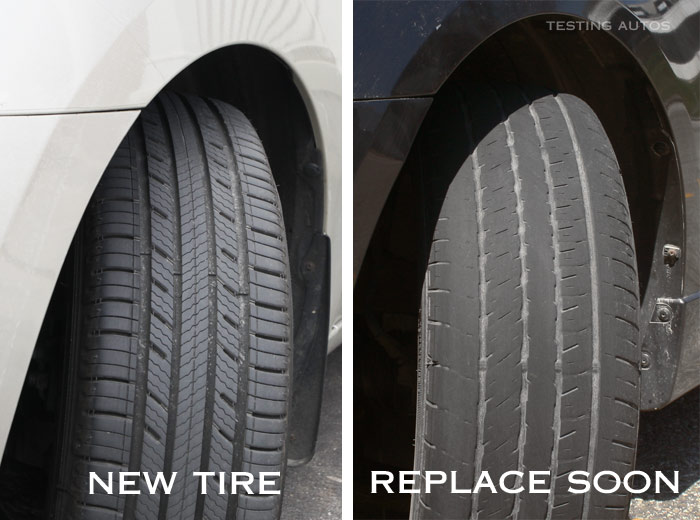
Given the high quality of the tire carcass, welding can be performed repeatedly, increasing the tire life up to 450-500 thousand kilometers. Hardfacing can be cold or hot. Let's analyze the differences between these technologies.
When retreading car tires in small factories, the cold method is most often used.
Image: GoodYear
It looks like this. The worn tire is placed in a special machine, where the tread layer is removed from it with a cutter. The breaker layer is carefully inspected for defects, which are repaired using pneumatic tools. The next stage is extrusion, in which the breaker is covered with a layer of raw rubber covering all defects. After that - another layer of raw rubber.
Images: Nokian Tires
Next, the tread tape is applied to the tire. As a rule, all major tire manufacturers produce such tapes, for example, Nokian Tires calls such treads Noktop and E-Tread. An interesting feature of the Noktop tread is the two-layer structure. A softer top layer provides improved traction in winter. By spring, it wears off, revealing a more rigid tread, optimal for use at positive temperatures.
A softer top layer provides improved traction in winter. By spring, it wears off, revealing a more rigid tread, optimal for use at positive temperatures.
The assembled tire is placed in a so-called envelope, from which the air is evacuated. Next, the tires are placed in an autoclave, where, at a pressure of about 4 atmospheres at a temperature of 110 degrees Celsius, the vulcanization process takes place. As a result, the tread is tightly connected to the tire carcass.
The second technology - hot vulcanization - is distinguished by the highest quality of recovery, but due to its high cost and energy consumption, it is used only in large-scale industries.
Image: GoodYear
Hot welding is performed at 180 degrees Celsius and its main difference from the cold process is that a large layer of raw rubber (including sidewalls) is applied to the prepared carcass and then vulcanized with a press -shape on the tire is formed tread pattern - just like when creating a new tire.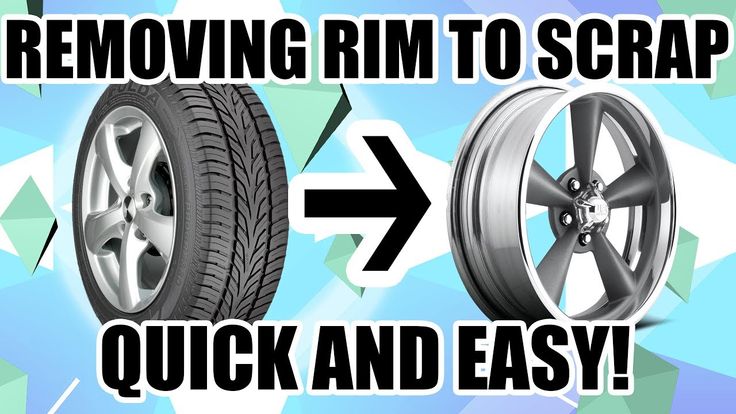
For example, GoodYear has this technology called TreadMax or Next Tread. Technology means not only the tape itself, but also special equipment complete with technological maps.
Hot retread tires are more expensive than cold retread tyres, but their quality and service life are higher.
Modern technologies really make it possible to provide high-quality and even repeated retreading of truck and commercial car tires. But restoration is different for restoration - an artisanal procedure, performed in violation of technology, can lead to the separation of the tread tape and the destruction of the tire carcass while driving.
That's why, when choosing retreaded tires, contact only certified suppliers who work according to official factory technology and comply with all necessary quality standards. Buying “nameless” retread tires can be too expensive!
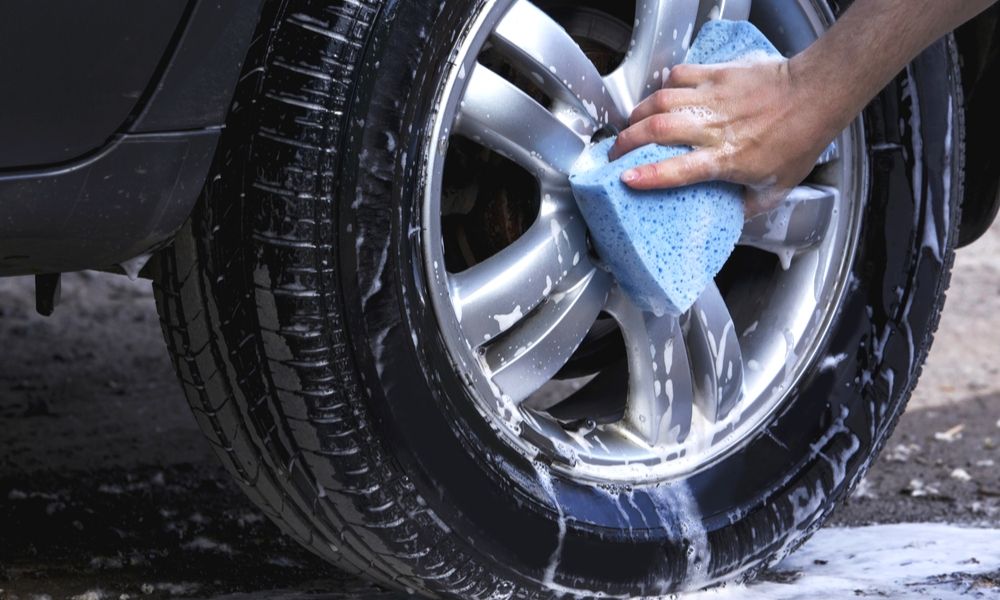
+7(495) 787-72-87
Home»Articles»How to remove blue from wood?
The appearance of blue on wooden surfaces cannot be ignored, as this can lead to the destruction of the material. What will help protect the wood?
Wood is a popular building and finishing material. It is used to create a roof frame, erect fences, make furniture, interior decoration. A tree can be a habitat for various microorganisms, including fungus and mold. At the initial stage of the lesion, lumber acquires a bluish tint. Learn how to remove blue stain from wood effectively and safely.
Contribute to the appearance of blue:
The combination of these factors creates suitable conditions for the development of the fungus. At first, blue affects only the outer layer of wood and does not affect its characteristics. However, as the fungus spreads, structures and wood products:
At first, blue affects only the outer layer of wood and does not affect its characteristics. However, as the fungus spreads, structures and wood products:
How to remove blue from wood? It is necessary to take timely measures and carry out antiseptic treatment.
Knowing how to remove blue from wood, you can stop the process of surface damage in the initial stages. To treat a tree already infected with fungus and mold, use Belinka Belocid, a colorless liquid antiseptic. It contains a mixture of modern biocides and performs several functions:
Belinka Belocid helps to eliminate the cause of blue staining - fungus spores, but cannot return the wood to its original shade if it has already turned blue.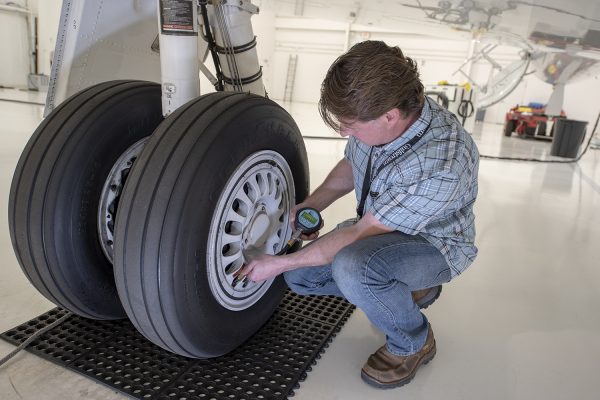 To get rid of the blue, the affected areas must be sanded or treated with bleach. Before applying the antiseptic, the bleach must be thoroughly rinsed off.
To get rid of the blue, the affected areas must be sanded or treated with bleach. Before applying the antiseptic, the bleach must be thoroughly rinsed off.
The antiseptic is completely ready for use and does not require dilution with water. Before applying to the wood, the contents of the jar are mixed. Antiseptic treatment can be carried out in different ways - by dousing or immersing in a container. You can also apply the product with a brush with natural bristles. For best results, 1-2 coats are enough. Belinka Belocid forms a protective film on the wood surface. After final drying, the surface must be coated with paint or azure composition.
Boritex Base antiseptic primer can also be used to protect wood from blue, mold and fungus. Old damaged coatings are removed before application, new wood is pre-cleaned and sanded. At the last stage, decorative and protective coatings from the Boritex line are applied.
To buy a wood preservative, select the appropriate product from the catalog and leave a request.